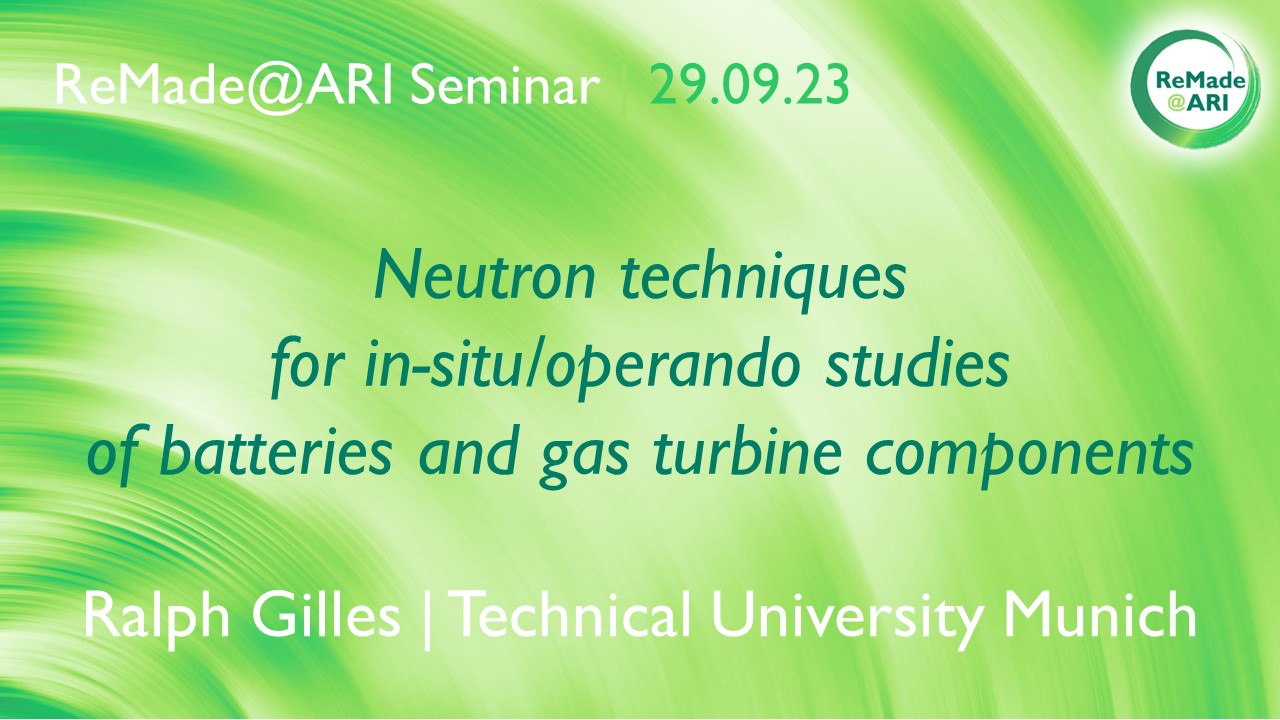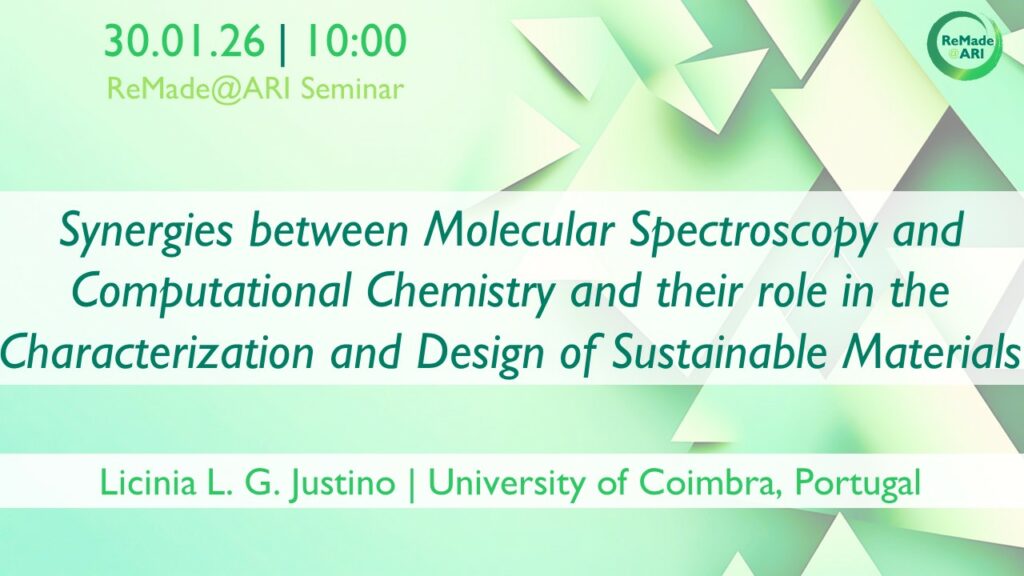
- This event has passed.
Neutron techniques for in-situ/operando studies of batteries and gas turbine components

Zoom webinar
By Ralph Gilles,
Technical Univeristy of Munich, Germany
Rechargeable batteries play an important role in the Green Deal activities. Using sophisticated methods, a deeper understanding of the processes in electrochemistry is gained in order to further improve battery components and complete cells. In particular, non-destructive studies examining Li-ion batteries in situ/operando represent a challenge that allows obtaining much more details about the charging/discharging and aging processes.
Due to the high penetration depth and high sensitivity of neutrons to light elements such as lithium, such a probe has become increasingly attractive in the last decade. With neutron diffraction, the changes in a commercial 18650-type NMC (LiNi1/3Mn1/3Co1/3O2)/graphite round cell can be easily followed. For a better understanding of the charging/discharging process of the cell, the different phases of graphite intercalation can be determined, starting from pure graphite to LiCx phases [1]. Neutron radiography or neutron tomography were used to directly visualize electrodes, complete cells or the electrolyte filling process in order to be able to observe spatial inhomogeneities (<100 mm) in battery cells [2]. Furthermore, near-surface Li distributions are measured with a depth resolution of around 10 nm using the neutron depth profiling technique [3]. Contamination of elements on electrodes is detected with prompt gamma activation analysis using neutrons [4].
In the field of energy conversion, neutron scattering is a powerful tool for studying high-temperature alloys such as the well-known Ni-based superalloys or new types of alloys that go beyond this. Such alloys are used for stationary gas turbines and engines. The main goal is to increase the operating temperature, resulting in higher efficiency and lower CO2 pollution. These alloys are measured using in-situ experiments at high temperatures [5-7] and/or under tension [8] or compression [9], analyzing the behavior of the hardening phases under such condition in order to further optimize the alloys. Typical parameters such as size distribution, morphology, volume fraction, precipitation resolution and phase formation are determined in real bulk samples using neutron diffraction and small-angle neutron scattering.
References:
[1] V. Zinth, von Lüders, M. Hofmann, J. Hattendorff, I. Buchberger, S. Erhard, J. Rebelo Kornmeier, A. Jossen, R. Gilles, J. Power Sources (2014), 271, 152.
[2] T. Knoche, , V. Zinth, M. Schulz, J. Schnell, R. Gilles, G. Reinhart, Journal of Power Sources 2016, 331, 267.
[3] M. Wetjen, M. Trunk, L. Werner, R. Gernhäuser, B. Märkisch, R. Gilles, H.A. Gasteiger, J. Electrochem. Soc (2018), 165(10), A2340.
[4] I. Buchberger, S. Seidlmayer, A. Pokharel, M. Piana, J. Hattendorff, P. Kudejova, R. Gilles, H. A. Gasteiger, Journal of Electrochemical Society (2015), 162 (14) A2737.
[5] C.Solís, J. Munke, M. Hofmann, S. Mühlbauer, M. Bergner, B. Gehrmann, J. Rösler, R. Gilles, Metall.&Mater. Trans. A, (2018), 49, 4373.
[6] R. Gilles, D. Mukherji, L. Karge, P. Strunz, P. Beran, B. Barbier, A. Kriele, M. Hofmann, H. Eckerlebe, J. Rösler, J. Appl. Cryst. (2016), 49, 1253.
[7] C. Solis, A. Kirchmayer, I. da Silva, F. Kümmel, S. Mühlbauer, P. Beran, B. Gehrmann, M. Hafez, S. Neumeier, R. Gilles, J. Alloys Compd (2022), 928, 167203.
[8] R. Gilles, Journal of surface investigation X-ray synchrotron and neutron techniques (2020)
14, S69.
[9] F. Kümmel, F. Kümmel, A. Kirchmayer, C. Solis, M. Hofmann, S. Neumeier, R. Gilles, Metals (2021), 11, 719.

